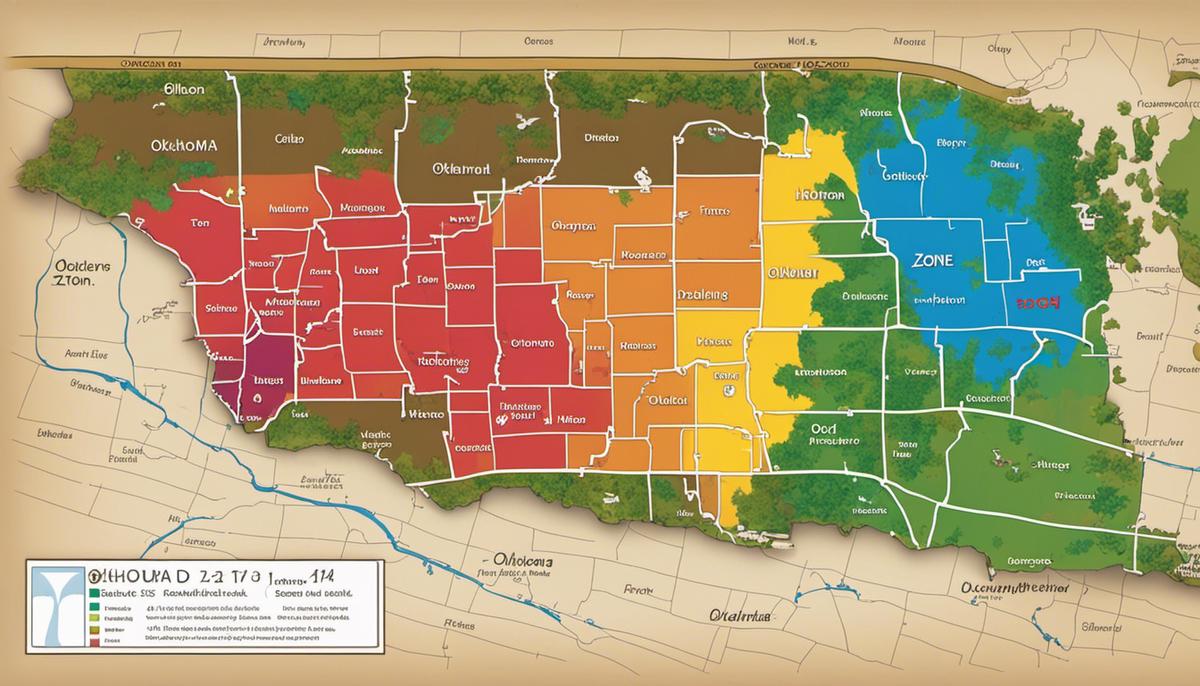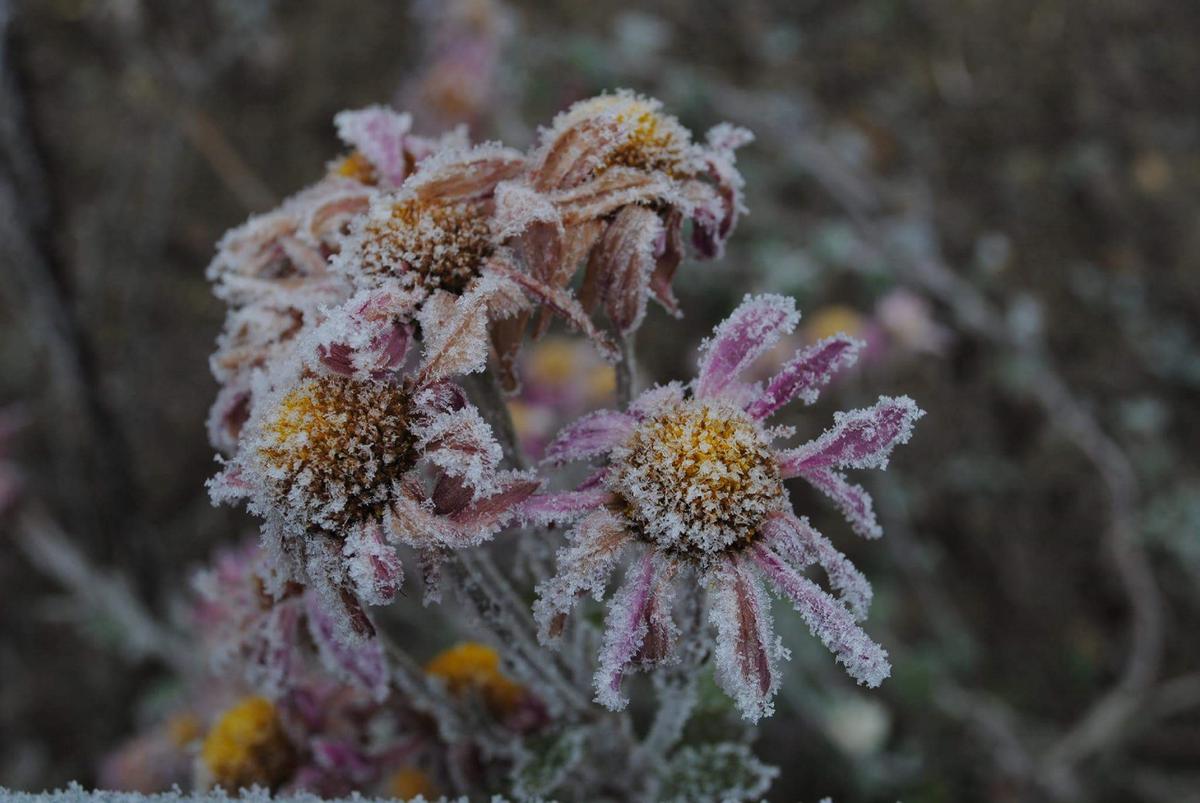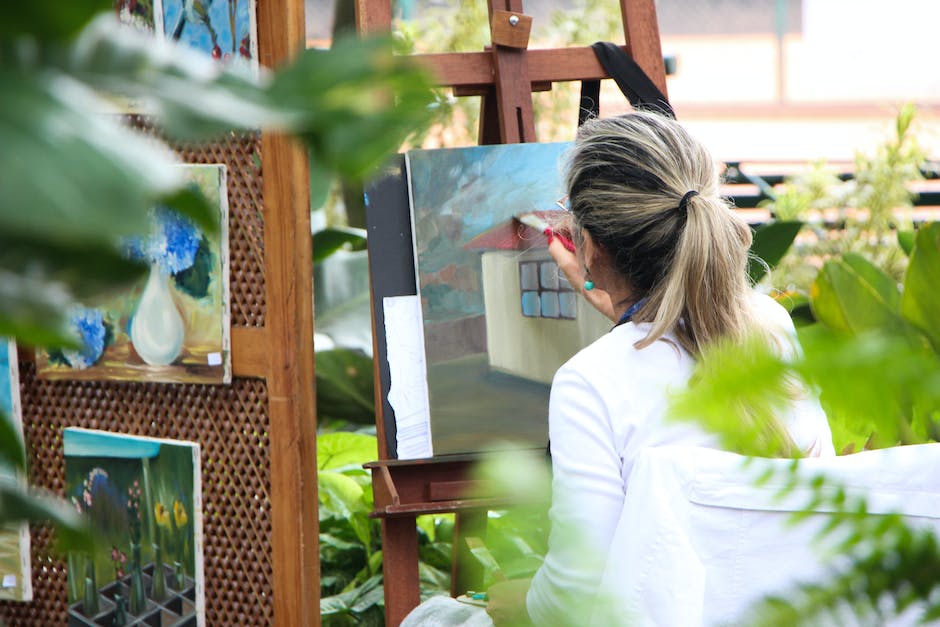Discover Your Oklahoma Planting Zones: A Guide

Planting zones, otherwise known as hardiness zones, hold vast significance to the grand scheme of gardening. Understanding these zones is crucial, particularly for Oklahoma-based gardeners, as they heavily influence the success and flourishing of various plants. If you’ve ever wondered about their importance or how they’re calculated, the information you seek is right here, tailored to suit the full spectrum of Oklahoma gardeners. For those earnestly seeking optimal gardening outcomes in Oklahoma, keen understanding of the unique characteristics defining each zone becomes imperative. With attention to features such as soil conditions, temperature ranges, and rainfall patterns to microclimate varieties, you’re set on a path of enlightened decision-making in gardening.
Understanding Planting Zones: What Do They Mean for Oklahoma Gardeners?
Planting zones, often referred to as hardiness zones, are essential to understanding the art and science of gardening. These zones are designated by the United States Department of Agriculture (USDA) based on the average minimum winter temperature. Each zone indicates the kind of plants that are most likely to survive the winter in that area. There are zones 3a to 10b across the U.S, with Oklahoma ranging from zone 6a in the northeastern parts to zone 8a in the southernmost region.
The effect these zones have on gardening in Oklahoma is profound. It’s a spectrum of gardening possibilities! In the colder 6a area, gardeners can cultivate hearty plants like azaleas, holly, and dogwood trees. As for vegetables, it’s great for parsnips, kale, and brussels sprouts, which can handle a chilly winter. Conversely, in the warmer 8a region, people can grow Crepe Myrtles, Southern Magnolias, and even Pomegranate trees. This is the equivalent to a wonderland for vegetables such as okra, sweet potatoes, and southern peas. Understanding your planting zone allows gardeners to not just survive, but thrive, by selecting plants suited to their specific climate. So, before you get those green thumbs dirty, make sure to get familiar with your zone and plan accordingly to enjoy a fruitful and successful gardening journey.

Key Characteristics of Oklahoma’s Planting Zones
For those with a passion for gardening in Oklahoma, it’s worth noting that the state spans several planting zones, each distinct in temperature and conditions for plants. In fact, Oklahoma’s USDA hardiness zones stretch from 6a to 8a. This significant range has a tremendous impact on what you can grow and when you can grow it. To take full advantage of Oklahoma’s diverse planting zones, consider tailoring planting tactics to each specific zone’s characteristics.
Oklahoma’s Zone 6a typically experiences its coldest temperatures between -10 to -5 degrees Fahrenheit. Primarily found in the northwestern region, this zone is home to sturdy plants such as the colorful Daylily or the resilient Big Bluestem, a type of US-native grass. On the other hand, the warmer Zone 8a, prevalent in the southern region, rarely sees temperatures plummet below 10 to 15 degrees Fahrenheit. Here, southern magnolias and crape myrtles flourish. Moreover, a broad selection of veggie garden favorites like tomatoes, sweet corn, and snap beans can also be successfully grown.
Ever wonder why your best friend’s Azaleas are blooming while yours are still buds? That might be the unique traits of their particular planting zone—especially if they live a few counties over. Hence, zoning requires more than a mere appreciation of temperatures but also understanding the local environment and adapting gardening approach accordingly. From knowing the right timing to sow seeds to scheduling transplanting and picking dates, the growth of our treasured plants greatly depends on our ability to navigate the subtle nuances of each planting zone. Embracing this truth guides an enriching and successful gardening journey through the unique terrain of Oklahoma’s abundant plant life.

Photo by ankhesenamunnn on Unsplash
Best Plant Choices for each Oklahoma Planting Zone
Planting is an art that becomes a masterpiece when the paintbrush hits the right canvas.
The optimal plant choices in Oklahoma are not just about the USDA zones but also the microclimates, soil type, and local conditions.
For instance, if you’re looking to add some color to your Oklahoma garden, choosing plants such as Red Yucca or Pitcher’s Sage for Zone 7a is a brilliant idea.
These plants are not only drought-tolerant but also add a dash of color in the dry zone.
Moving towards Oklahoma’s colder climate in Zone 7b, one might wonder what could possibly bloom in such conditions. Fear not, as choices are aplenty! With the moody Oklahoman “Prairie” weather, one can choose to brighten their garden with the Butterfly Weed, a beautiful orange flower that attracts monarch butterflies.
Another great choice would be the Easter Redbud, a native plant that not only tolerates clayey soil but also brings forth the spring season with its vibrant pink flowers.
Lastly, if you’re located in Zone 6b, plants like Serviceberry are quintessential. This plant is not only hearty, facing the frost like a champion, but its white spring flowers and fall color make it a popular choice among Oklahomans.
And let’s not forget about the Pawpaw tree; its large, droopy leaves offer an almost tropical look and its fruits are a sweet treat!
Let’s remember that just like people, plants too, have their likes and dislikes.
With thoughtful planning and knowledge about the individual plant’s preferences, we can create a flourishing corner of nature anywhere in Oklahoma.
So ready that garden spade, put on those gloves, and let Oklahoma show you the sheer fun and joy of gardening.

The essence of understanding planting zones in Oklahoma is encapsulated in the connection with the plant selection process. Your grasp of this connection not only enhances your gardening success but also contributes to maintaining the ecological balance in the Oklahoma landscape. By choosing the right plant species based on the hardiness, adaptability, and growth seasons specific to different Oklahoma zones, you’re harnessing the full potential of your green thumb. And as a detailed guide, this information is set to transform any gardening enthusiast into a masterful gardener, knowledgeable in selecting optimal plant species for every unique corner of Oklahoma. Happy Gardening!



